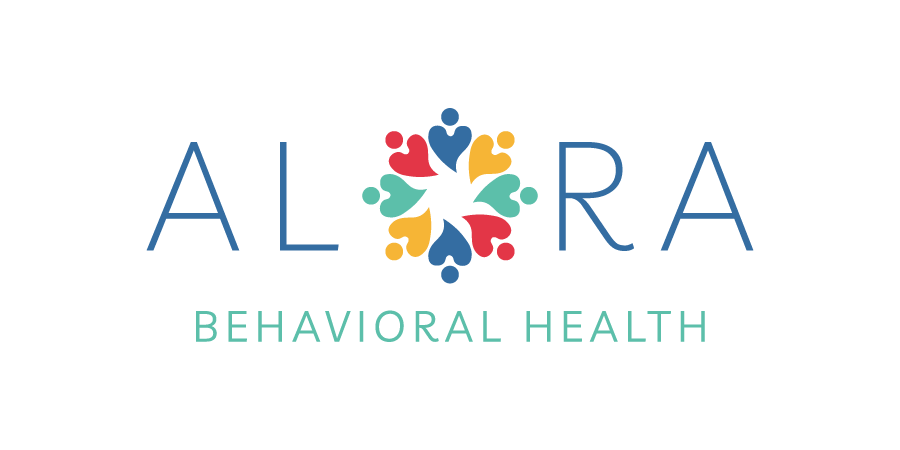If your child thrives on routine, craves predictability, or struggles with transitions, visual schedules can be a game-changer. Especially for children receiving ABA therapy or other early intervention services, visual schedules provide structure, reduce anxiety, and help build independence—all without saying a word.
In this guide, we’ll break down the what, why, and how of visual schedules so you can start using them at home with confidence.
What Is a Visual Schedule?
A visual schedule is a tool that uses pictures, symbols, words, or a combination of all three to show a sequence of activities or events. Think of it as a visual roadmap for your child’s day or a specific part of their routine.
Visual schedules can be:
- A full-day plan (e.g., wake up → brush teeth → breakfast → therapy)
- A step-by-step task breakdown (e.g., wash hands → dry hands → throw away paper towel)
- A social event prep (e.g., pack bag → go to Grandma’s → eat dinner → go home)
They can be printed and hung up, placed in a binder, or even displayed digitally on a tablet.
Why Visual Schedules Work
Visual schedules provide more than just pretty pictures—they offer real structure that helps children:
- Understand what’s happening next: This reduces anxiety and minimizes meltdowns caused by unexpected changes.
- Improve independence: Kids can follow steps without constant adult direction.
- Transition more smoothly between activities: Knowing what’s next can make stopping a preferred activity (like screen time) a bit easier.
- Strengthen language comprehension: For children with limited verbal understanding, visuals bridge the gap.
For many children receiving ABA therapy, visual schedules are not just helpful—they’re essential.
When to Use a Visual Schedule
Visual schedules can support your child in a wide range of settings, including:
- Morning or bedtime routines
- Getting ready for school
- Therapy sessions
- Outings or social events
- Toileting routines
- Meal prep or cleanup
- Holiday or school breaks, when routines change
They’re also a great tool to prepare children for new experiences, like going to the dentist or traveling.
How to Create a Visual Schedule
Creating a visual schedule doesn’t have to be complicated or expensive. Here’s how to get started:
1. Choose the Time Frame
- Daily schedules show the flow of an entire day.
- Activity-based schedules break down a single task (like getting dressed).
- First-Then schedules are simple two-step visuals (e.g., First: Homework, Then: Snack).
2. Pick Your Format
Use what works best for your child:
- Photos of real objects or people
- Clipart or symbols (PECS-style images)
- Text paired with pictures (for readers)
- Apps or printable charts
3. Keep It Accessible
Display the schedule where your child can easily see it—on the wall, on the fridge, or as a portable binder they can carry.
4. Teach and Practice
Introduce the schedule by reviewing it with your child before starting the day or activity. Point to each step and use consistent language like “Now it’s time for breakfast. Next, we’ll brush our teeth.”
Over time, your child may begin checking the schedule independently.
Tips for Making It Stick
- Use Velcro or magnets: So your child can remove steps as they complete them.
- Start simple: Begin with just two or three steps and build from there.
- Be consistent: Use the schedule daily, especially during tricky transitions.
- Involve your child: Let them help move pieces or check off completed tasks.
- Be flexible: It’s okay to update the schedule if plans change—this teaches adaptability, too.
Need help creating your own? Ask your child’s BCBA or therapist—they’ll be happy to customize one for you based on your family’s needs.
Want more parenting tools like this? Stay tuned for more blog posts or explore alorabh.com for additional support.
